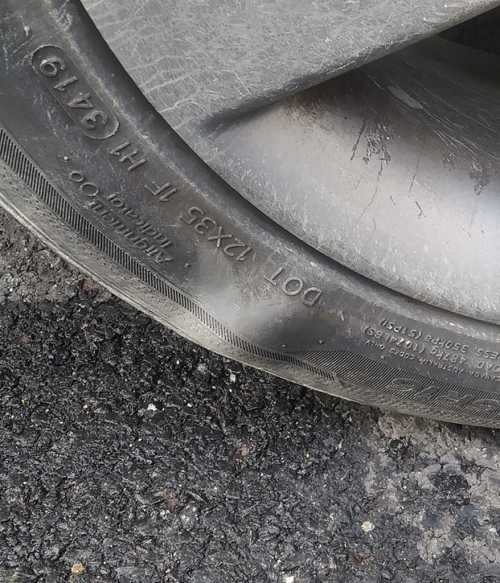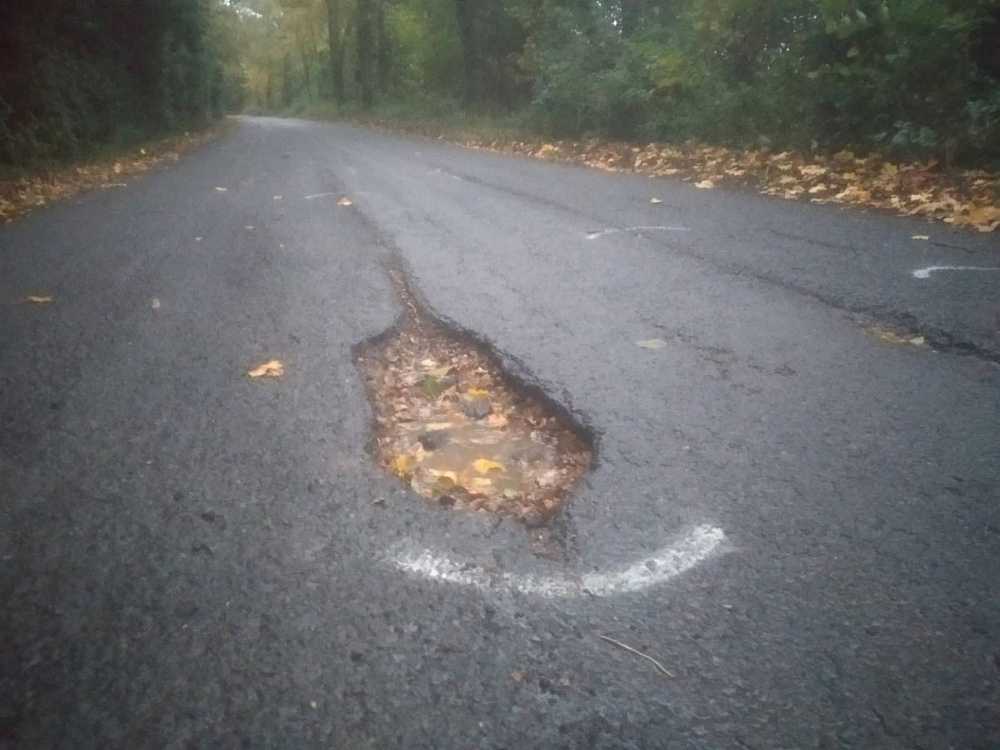

Menu ☰
We all like to think we are good drivers, at least you would hope so, but a lot of people have worries and concerns about some aspects of their driving, including driving on motorways, parking, or just busy city centres. Some people generally lack confidence in their driving, and these areas, and others, often exacerbate these feelings. Here, we try to address these concerns and offer tips to try to alleviate these fears and, hopefully improve driving habits and, therefore, safety!
There is no doubt that everyone has their own individual levels of confidence where driving is concerned, especially when starting to learn. A lot of this comes down to natural ability; some people are natural drivers and pick up the basics quickly, whereas others find it a lot trickier; having to use several hand and foot controls, all apparently at the same time - especially controlling the clutch and throttle and timing gear changes. Add to these difficulties the need to be looking in all directions at once (at least, that is how it can feel) and the high level of traffic nowadays, and just getting started can seem like a mountain to climb for some.
 For these people, progress can be slow and confidence difficult to acquire, especically when you come to take your test, which has to rate as one of the all-time stressful times for many people. Even if you are one of the lucky 'natural' drivers, over-confidence can make passing a test just as difficult - perhaps even more-so. Taking a driving test is not the same as just normal driving (though of course, it should be) - you need to drive in a specific way in order to pass your test!
So, what do you need to know and do? Well, lack of, or over confidence are probably the biggest barriers to this. You
For these people, progress can be slow and confidence difficult to acquire, especically when you come to take your test, which has to rate as one of the all-time stressful times for many people. Even if you are one of the lucky 'natural' drivers, over-confidence can make passing a test just as difficult - perhaps even more-so. Taking a driving test is not the same as just normal driving (though of course, it should be) - you need to drive in a specific way in order to pass your test!
So, what do you need to know and do? Well, lack of, or over confidence are probably the biggest barriers to this. You  The best advice I can give to anyone who wants to improve their driving is that you should be learning and improving your driving throughout your life - learning absolutely does not end once you've passed your test! Watch others and, if you see someone doing something silly, dangerous, or just annoying, ask yourself: 'do I do that?'. If you do, then you know how to improve your driving. On top of this, no matter how long you've been driving, there are three main 'rules', to keep in mind at all times, which are generally not very well taught in driving lessons, if at all. These are:
The best advice I can give to anyone who wants to improve their driving is that you should be learning and improving your driving throughout your life - learning absolutely does not end once you've passed your test! Watch others and, if you see someone doing something silly, dangerous, or just annoying, ask yourself: 'do I do that?'. If you do, then you know how to improve your driving. On top of this, no matter how long you've been driving, there are three main 'rules', to keep in mind at all times, which are generally not very well taught in driving lessons, if at all. These are:
Driving Hints and Tips
Starting To Drive:

Passing Your Test:
KNOW
how to drive, don't you - the physical stuff - but the examiner will be looking for a specific style of driving: smooth, safe driving and awareness of others on the road and the pavement and courtesy to them - plus of course keeping strictly to the speed limits and other rules and signs. This does not mean slamming on the brakes when you reach a 30MPH sign.
It means reading all the signs (while still keping your eyes on the road and using your mirrors in a way that is obvious - but not overly so - to the examiner), knowing what speed limit you are in at all times and slowing down gently and in good time for any lower limits coming up. It also means accelerating gently and responsibly (if and when suitable) when entering a higher limit area. Steering and gear changes should be smooth too, no jerky steering movements and, of course, good control of the clutch and throttle; no jumpy clutch & gear changes and smooth hill starts. Indicating should be in good time, but not too soon, or before an earlier turn than the one you're taking. Make sure you listen to the examiner to ensure you do as asked.
In general, keeping a good distance from any vehicle in front (dependent on speed), allowing a similar distance to others when pulling out at junctions and roundabouts, keeping within and central in your lane (especially on roundabouts), not cutting the central white line when turning right and using the breaks in the centre white line(s) when changing lane or overtaking (best avoided on a test, unless necessary) and really, just being smooth with your driving and staying safe! That's all there is to it really. Practically of course, it's not as simple as that.
Even the best drivers get nervous and make mistakes and of course, you can't do much about other road users and what they will do to throw a spanner in the works! So, what's the best approach? Well, there's no substitute for practice. If possible, take lessons with a qualified instructor and also get some practice in with a trusted friend or relative who you believe to be a good driver (preferably not a parent or sibling, as this can cause friction, though it can still be a lot better than nothing - depending on the person!) Try doing a 'mock' test too, preferably with your qualified instructor and do as much practice as you can on the roads around the test centre where you're planning on taking your test.

Improving your Driving:
- Keep your distance from the vehicle in front. Two seconds is the rule, which works at any speed, on any road (in good conditions). If it's wet, foggy, or icy, then the time gap to leave will be a lot longer and speeds should be a lot lower!
- Do the same at junctions and roundabouts. If you don't have two seconds to pull out before another vehicle will reach you, you don't have time to pull out!
- Keep your eyes on the road AT ALL TIMES! No matter how experienced you are, it can only take a fraction of a second for things to happen. Don't look away for more than a fraction of a second for anything - other than checking your mirrors and the road around you! This of course includes not using your mobile phone while driving - for ANY use, not even for answering a call; unless you have hands free of course, but even then, try to keep conversations short. There are two other things, which are not driving rules, but can definitely help you become a better driver: Learn a bit ablout how a car works. Understanding how your engine works and how it and the clutch transmits (and disconnects) energy through to the wheels will help you with gear changing. If you learn how the steering geometry works, it will help you to know exactly when to turn and make a smooth turn - and can help in making parking a lot easier! Simply put, the front wheels turn at different angles so that they make the same angle with the (imaginary) line that goes through the back wheels. This means that your car always turns about a point somewhere along the line that goes through your back wheels. Where on that line depends on how much you are turning the steering wheel, but your car always 'rotates' around your back wheel axis - so, start turning when the centre of your back wheels are inline with where the start of the corner is (or back of the car you're trying to park next to, if you're parallel parking). Lastly, don't forget, you are in control of a lethal weapon! Even most small cars now weigh over a ton - keep your concentration on the road, other road users, pedestrians, kids, dogs, horses, or anything else on or near the road.

Ongoing Learning:
Potholesuk.org and Sekureit.com are independently run websites, funded only by advertising and product links. Adverts, links, advice and recommendations are given in good faith. No responsibility can be accepted for any damage or loss, whether physical, data, financial, or personal. Please do your own research and due diligence before clicking on links and downloading or using software - and check downloaded files or software with your antivirus software
before
running it - to see how to do that, go to SekureIT.com. (Opens in new window)
Please see our Terms and Conditions for full details.




